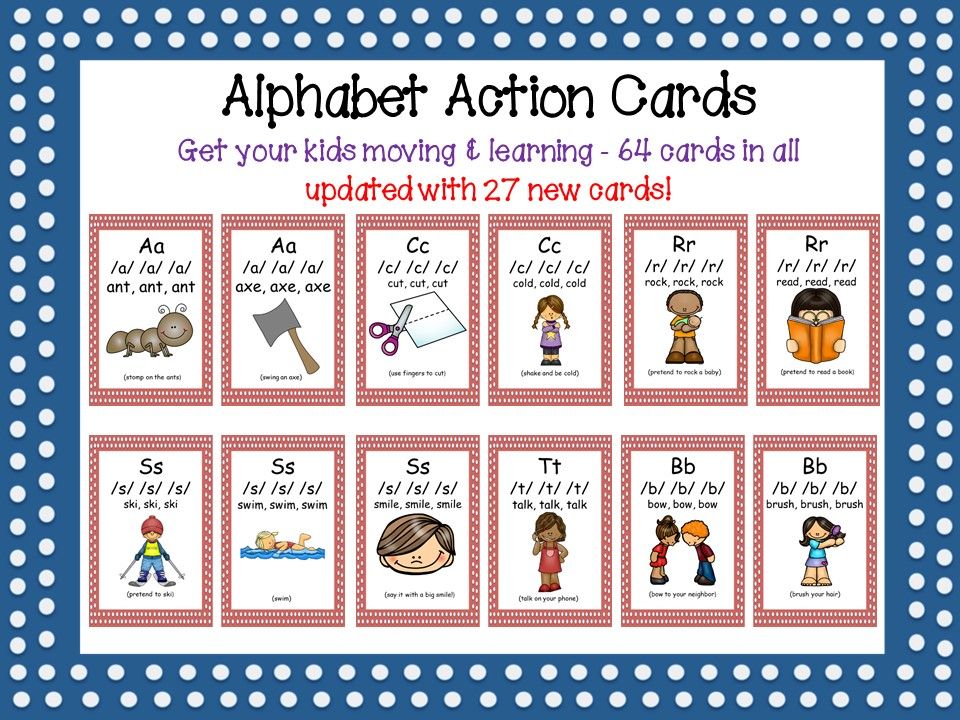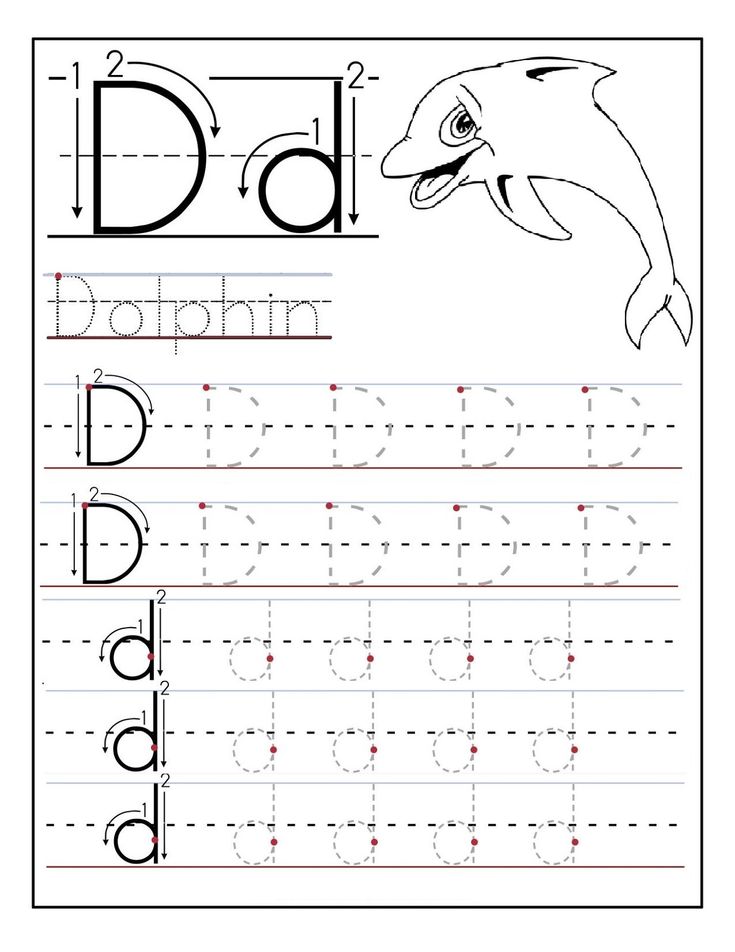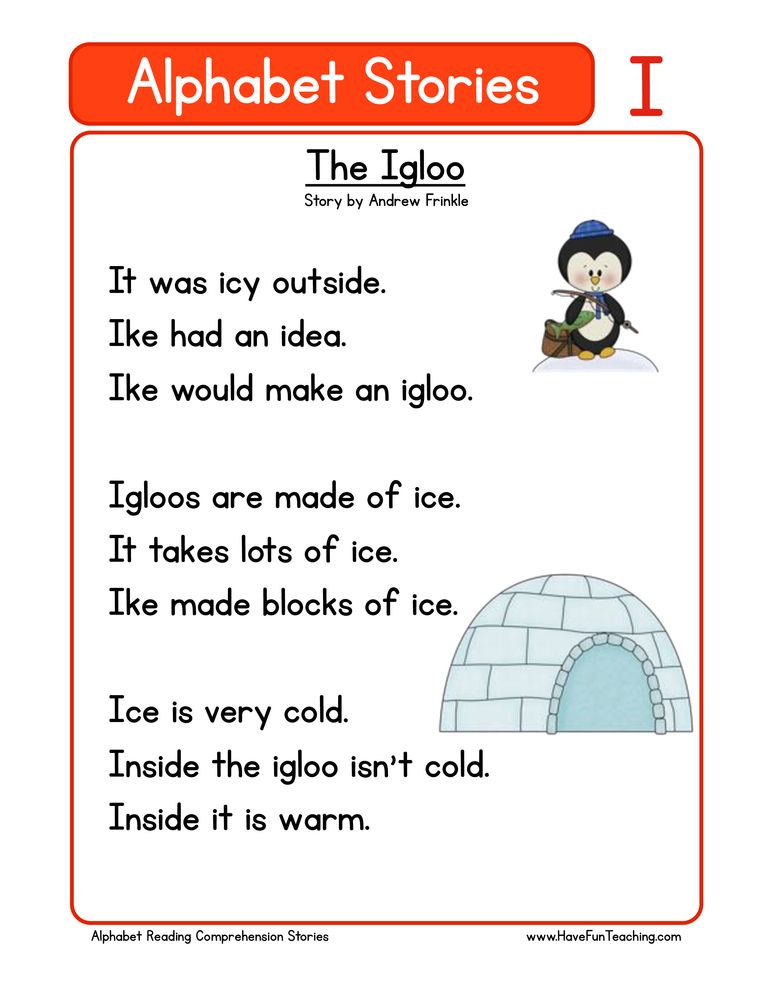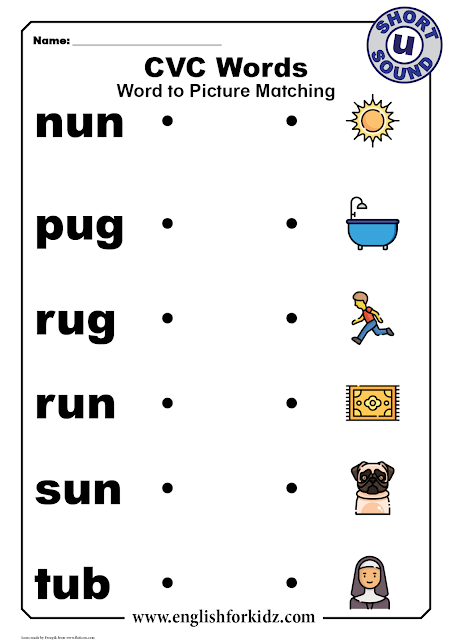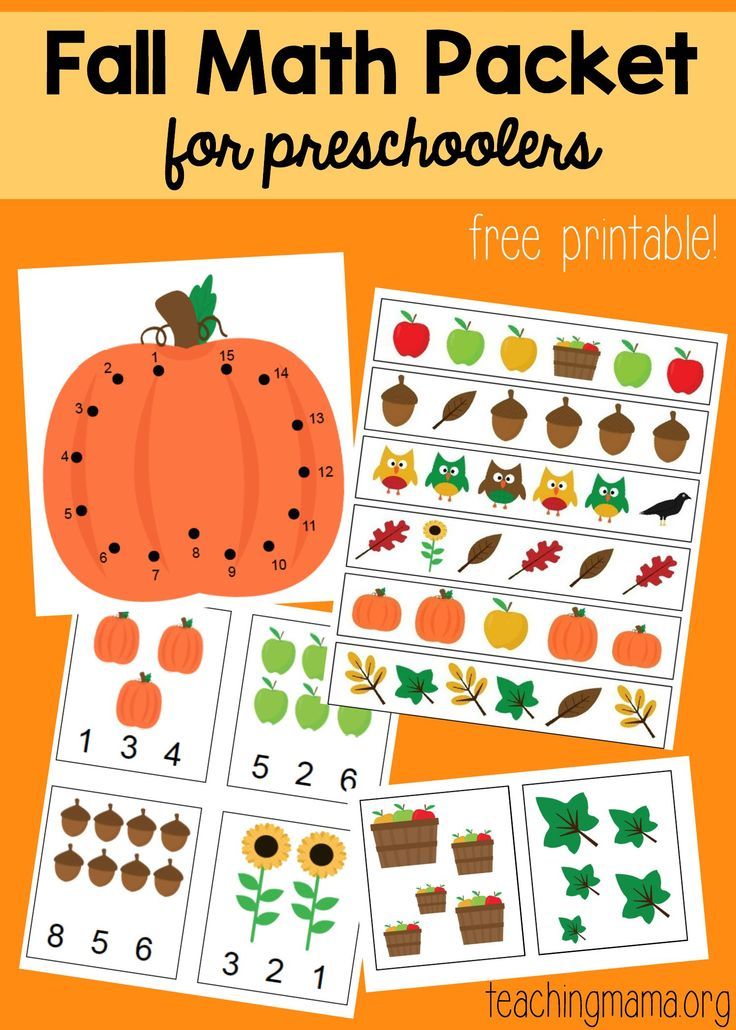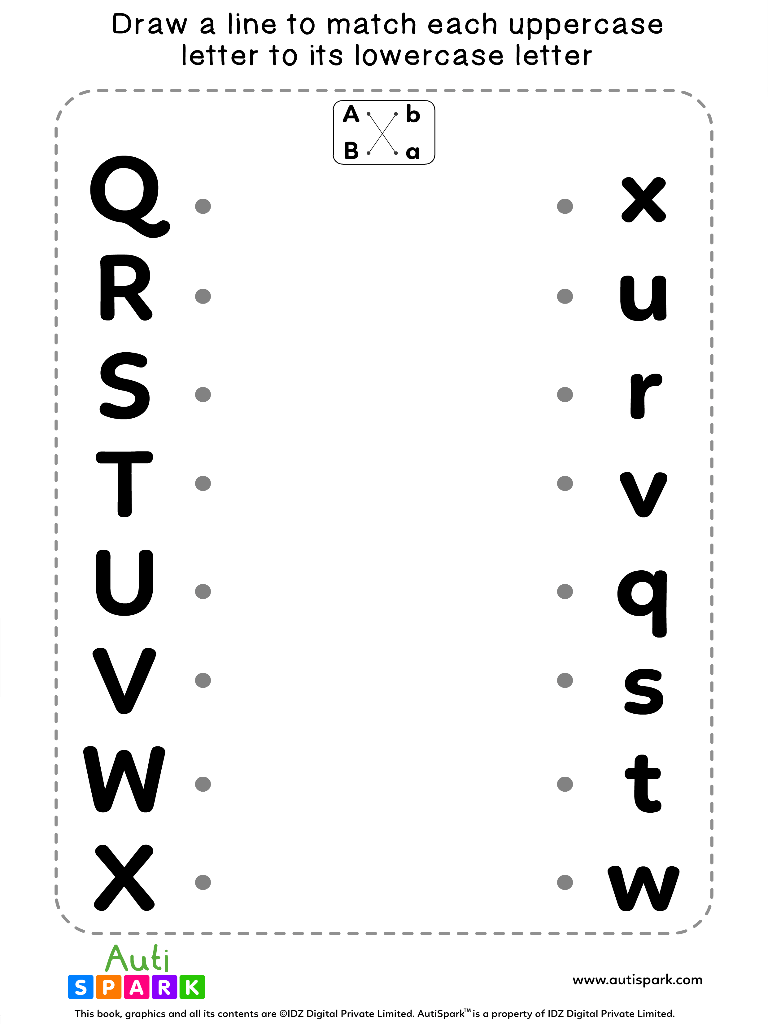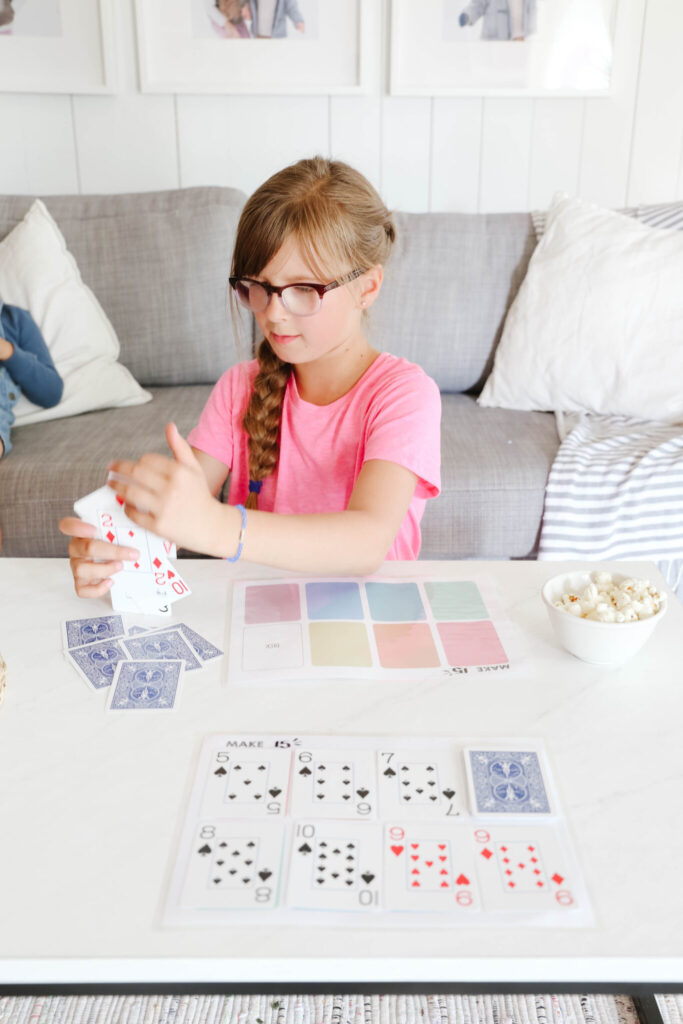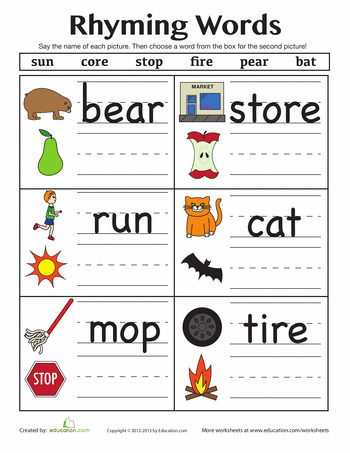What age should a child learn the alphabet
At What Age Should a Child Know the Alphabet?
As children grow, they naturally hit learning milestones. One of the most critical educational milestones a child must reach is learning the alphabet, which prepares them for reading and writing.
But at what age should a child know the alphabet?
In this article, you will learn at what age a child should know how to recite the alphabet, recognize and write individual letters, learn letter sounds, and eventually learn how to read. Read on to make sure your little one is on the right track!
At What Age Should a Child Know the Alphabet?
Recitation
Typically, by the age of three, children should be able to recite the alphabet. However, every child is different. Some toddlers may learn in their twos, and others might not pick it up until the late threes.
Children generally learn how to recite the alphabet through repetition. If you sing the ABC song to your kids often, they are more likely to pick it up quicker, just as they would any song.
Recognition
Most children can recognize letters between the ages of three and four. Most kids will recognize the letters in their name first.
For example, a boy named Jace will probably be able to remember what the letter “J” looks like as well as recognize most other letters in his name. Similar to alphabet recitation, use repetition to teach your children about recognizing individual letters. You may ask them, “What letter is that?” whenever you see an isolated letter.
Writing
By ages four to five, children will start writing letters. Children will learn to write the alphabet in preschool and kindergarten, but it may be beneficial to have your child practice writing his/her letters at home. Most children at this age know that written symbols represent messages and may be interested in writing on their own. One of the easiest ways children learn how to write letters is to begin tracing them.
Additionally, teaching your child how to write his/her name is an important step that will ultimately help them become familiar with writing the rest of the alphabet.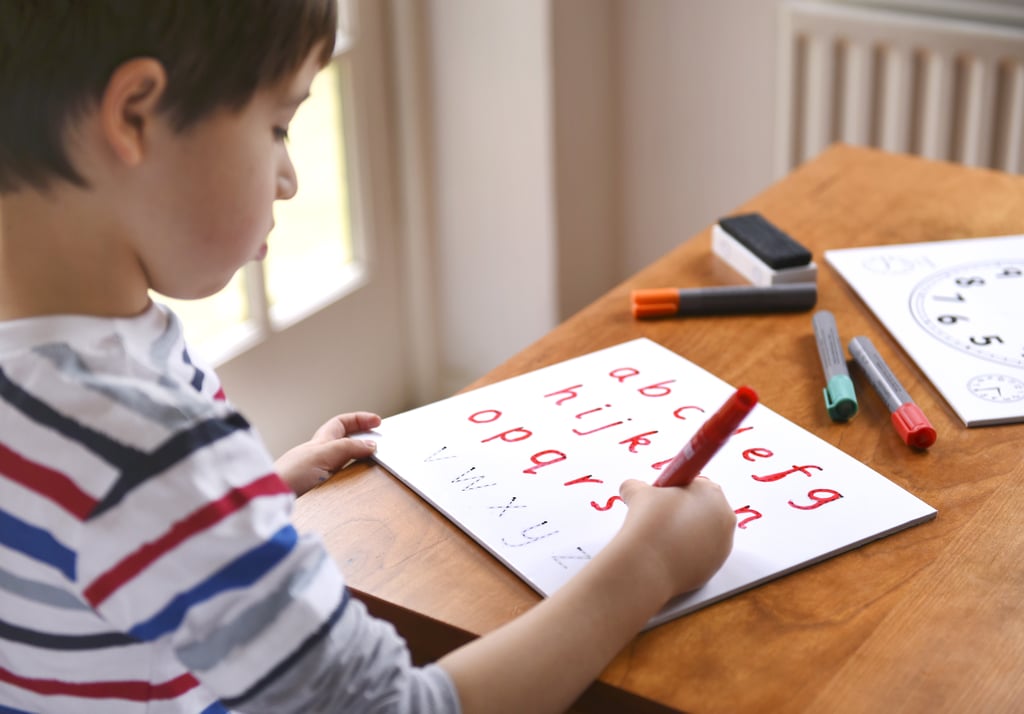
Sounds
By five years old, children will start to associate letters with their accompanying sounds, otherwise known as phonics. In other words, around the age of five, children should be able to reason that the word “book” starts with the letter B.
Children begin learning phonics in kindergarten, which is a vital step to decoding written text and begin reading.
Reading
By six years old, first graders should be able to read words aloud with ease. For the most part, children can recognize sight words and their names. Moreover, children can decode some words by sounding out their letter combinations.
By second grade, a child should be able to sound-out a simple book. By the third grade, your child should be able to read independently and fluently. By this point, your child should be a master of the alphabet and is ready to master the art of reading!
What If Your Child Isn’t Learning at the Rate S/He Should?
It’s important to remember that every child is different and may learn at a different rate.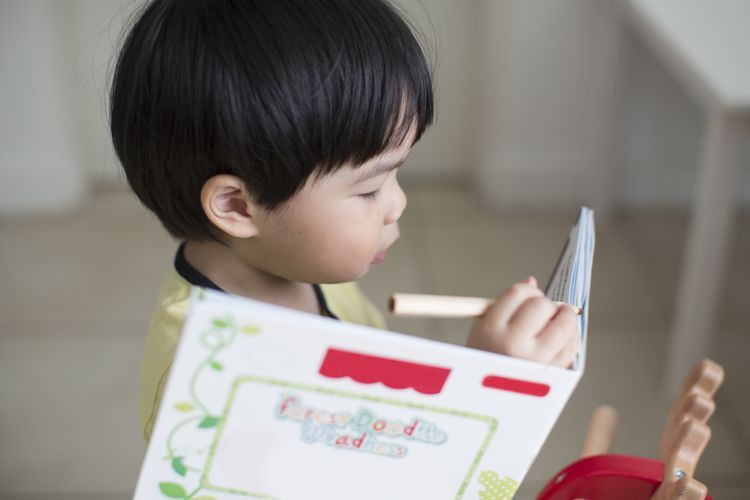 If your child isn’t learning the alphabet at the pace s/he should, one reason may be because s/he isn’t interested or is simply undergoing a minor setback.
If your child isn’t learning the alphabet at the pace s/he should, one reason may be because s/he isn’t interested or is simply undergoing a minor setback.
However, if your child is falling severely behind, it’s important to find out if your child truly has a problem learning or if it is nothing to worry about. Therefore, work one-on-one with your child to determine if there is a problem. For example, practice reading and writing with your child. If s/he is having a hard time comprehending the instruction or if it’s taking him/her an abnormally long time to do the task, consider talking with your child’s teacher about it.
In the end, if you suspect your child might have a reading or learning disability, discuss it with a doctor. If your child is truly suffering from a reading disability, it can cause him/her to fall behind in his/her education. The sooner you seek help, the sooner you will be able to find a solution that works for your precious little one!
Learn the Alphabet at a Top-Tier School!
So at what age should a child know the alphabet? Learning the alphabet is an ongoing process.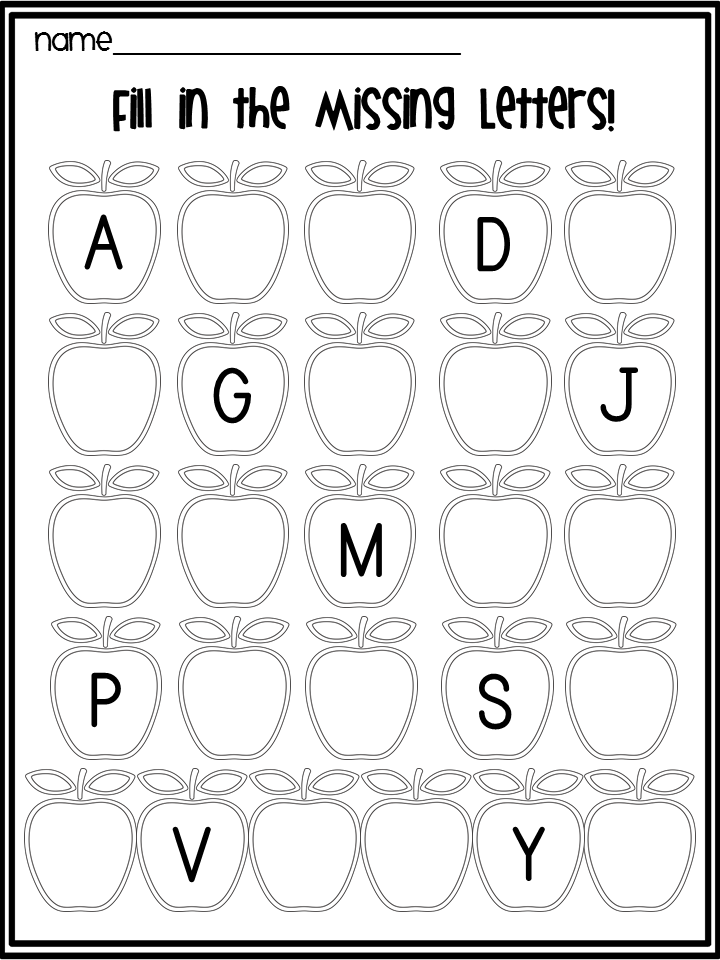 That being said, it’s crucial to enroll your little one in a school that will not only teach him/her but also helps develop in him/her a love of learning.
That being said, it’s crucial to enroll your little one in a school that will not only teach him/her but also helps develop in him/her a love of learning.
Smaller Scholars Montessori Academy helps children become more confident, creative, and independent through the acclaimed Montessori experience. You can enroll your child in the toddler program, which is for kids between the ages of eighteen months and three years, or in the primary program, for children between three and six years. In both programs, children have a rich classroom environment in which they are encouraged to explore, learn, and thrive. Then, as children grow older, they can explore the elementary program for kids up to twelve years old.
What are you waiting for? Ensure your child learns the alphabet and how to read by enrolling your child in Smaller Scholars Montessori Academy! Contact them to learn more.
What's the best way to teach my child the alphabet?
Most children begin recognizing some letters between the ages of 2 and 3 and can identify most letters between 4 and 5.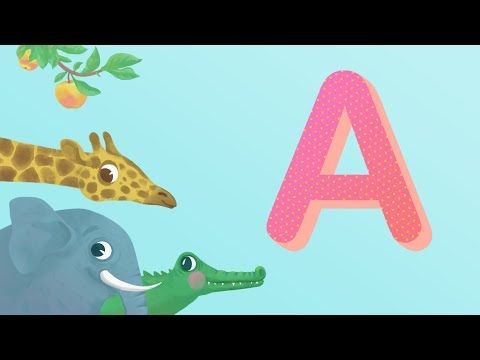 This means that you can start teaching your child the alphabet when they're around 2 – but don't expect full mastery for some time.
This means that you can start teaching your child the alphabet when they're around 2 – but don't expect full mastery for some time.
What's more, toddlers learn differently from older children, so don't pull out the flashcards and audiotapes just yet. Instead, rely on visual aids such as colorful alphabet picture books – your child will have a great time pointing out the letters they know, as well as colors, shapes, animals, and other objects in the book.
The first step in teaching the alphabet is getting your child interested in listening to stories. At around age 2 or 3, children who are frequently read to get the idea that books contain print, which is made up of letters.
There are lots of fun ways to introduce your child to individual letters. Sign their name to their artwork, then point out each letter one by one. Eventually they'll get the idea that those letters, put together, stand for their name. You can reinforce this identification in many ways: Alphabet letters forming their name on the door of their room, perhaps, or a toy or puzzle personalized with their name.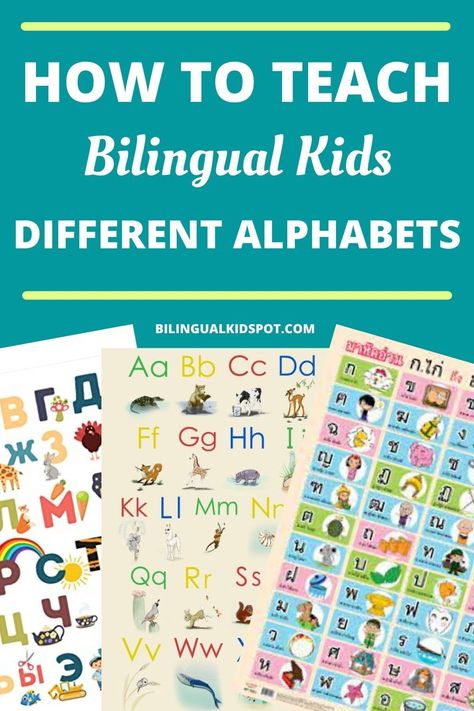 Or help them play with alphabet puzzles or refrigerator magnets that they can manipulate.
Or help them play with alphabet puzzles or refrigerator magnets that they can manipulate.
Once they recognize a letter, play word games – "What words start with 'B'? Ball, baby, boy ..." or use the first letter of their name as the starting point – "Your special letter is 'P,' for Peter; can you think of any other 'P' words?" (Your child won't be able to write letters until they're about 4, so don't focus on teaching them to write until then.)
If they seem interested, feel free to continue helping your child learn more letters. But if they're under 4 and show no interest, it's best to let it go for a while. No evidence suggests that very early alphabet learning is related to more advanced reading skills later on.
Sources
BabyCenter's editorial team is committed to providing the most helpful and trustworthy pregnancy and parenting information in the world. When creating and updating content, we rely on credible sources: respected health organizations, professional groups of doctors and other experts, and published studies in peer-reviewed journals.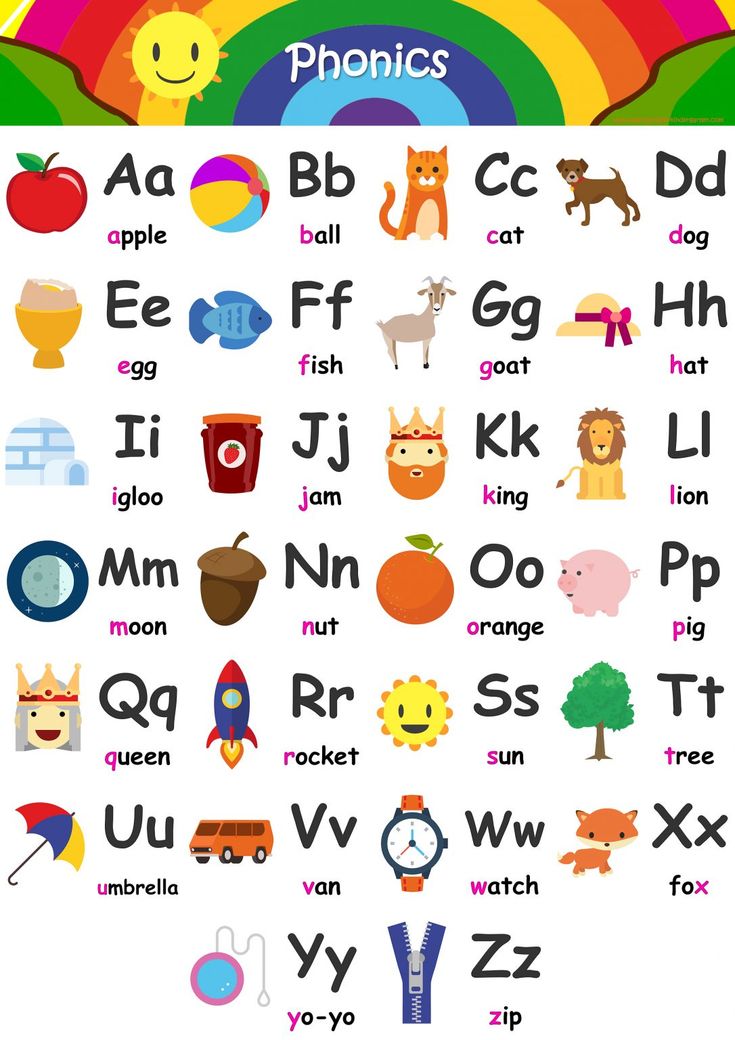 We believe you should always know the source of the information you're seeing. Learn more about our editorial and medical review policies.
We believe you should always know the source of the information you're seeing. Learn more about our editorial and medical review policies.
American Academy of Pediatrics. 2021. How to share Books with Children 2 and 3 years old. https://www.healthychildren.org/English/ages-stages/toddler/Pages/How-to-Share-Books-with-2-and-3-Year-Olds.aspx [Accessed May 2022]
American Academy of Pediatrics. 2013. How to Share Books with Your 12- to 14-Month-Old. https://www.healthychildren.org/English/ages-stages/toddler/Pages/How-to-Share-Books-with-Your-12-to-14-Month-Old.aspx [Accessed May 2022]
American Academy of Pediatrics. 2013. How to Share books with Your 15- to 17-Month-Old. https://www.healthychildren.org/English/ages-stages/toddler/Pages/How-to-Share-Books-with-Your-15-to-17-Month-Old.aspx [Accessed May 2022]
American Academy of Pediatrics. 2013. How to Share books with Your 18- to 23-Month-Old. https://www.healthychildren.org/English/ages-stages/toddler/Pages/How-to-Share-Books-with-Your-18-to-23-Month-Old. aspx [Accessed May 2022]
aspx [Accessed May 2022]
Zero to Three. 2004. Learning to Read the World: Literacy in the First 3 Years. https://www.zerotothree.org/resources/1103-learning-to-read-the-world-literacy-in-the-first-3-years [Accessed May 2022]
Judith Hudson
Judith A. Hudson is an associate professor of psychology at Rutgers University.
At what age and how to learn the alphabet with a child
Is it so good to know letters at two years old and is it so bad not to know them at four? What is the best way to learn the alphabet with a child?
When to start learning letters
Many parents want to teach their children to read and write as soon as possible and worry when the baby begins to memorize letters later than others. But modern experts believe that the rule “the sooner the better” does not apply here.
For example, according to neuropsychologist Anna Semenovich, learning letters and numbers from 2.5-3 years is extremely harmful. The specialist explains that there are certain neurophysiological laws of brain development.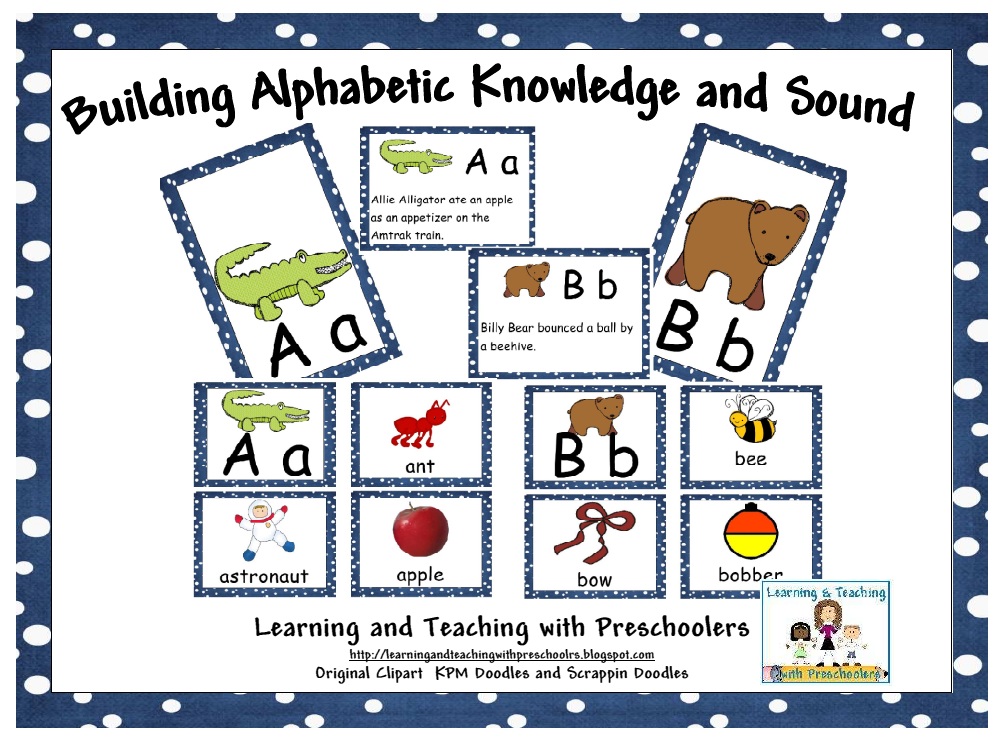 At this age, the sensorimotor and emotional sphere of the baby is formed, the time has not yet come for cognitive processes. If you start to actively load him with learning, that is, untimely development of one of the mental functions, the child's brain will perform the assigned tasks, but the development of other structures of the psyche will suffer. This is fraught with a violation of emotional processes, the appearance of diseases is possible.
At this age, the sensorimotor and emotional sphere of the baby is formed, the time has not yet come for cognitive processes. If you start to actively load him with learning, that is, untimely development of one of the mental functions, the child's brain will perform the assigned tasks, but the development of other structures of the psyche will suffer. This is fraught with a violation of emotional processes, the appearance of diseases is possible.
Anna draws attention to the fact that at first the child develops visual-figurative thinking, and then abstract-logical thinking. And teaching a child to write letters reverses this process, violating the law of psychology.
In her opinion, at the age of 3–4, a child should be taught everyday knowledge, teach routine, help to study the world around him, and you can also give him to creative circles. And the letters should be left for 4-5 years.
However, she admits that there are exceptions to the general rule: all children are different, some babies learn to read on their own at an early age.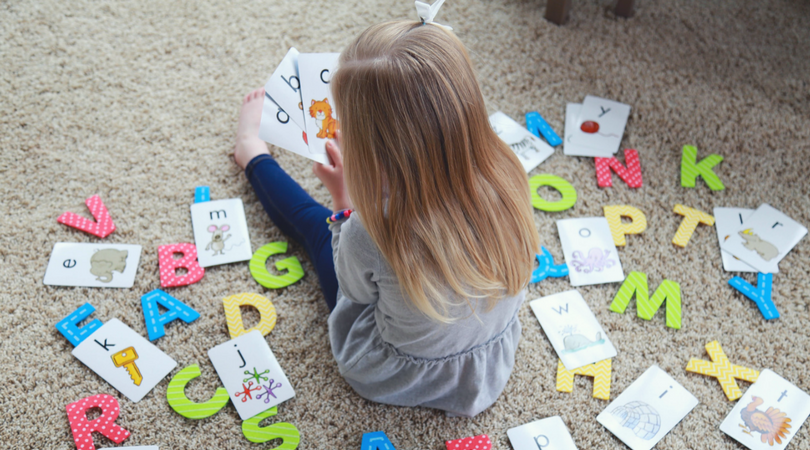
How do you know when exactly to start the alphabet? Excellent advice on this matter is given by the psychologist Olga Melnitskaya. In her opinion, the main indicator is the child's sudden interest in letters. And there is nothing wrong with that, even if it happens at the age of 6, when he realizes that in order to receive information from the world, you need to be able to read.
The time has come for the alphabet if the baby:
- imitates adults, pretending to read;
- asks what is written in the book or on the advertisement;
- pronounces almost all sounds;
- builds phrases;
- perceives well by ear - he can tell what his parents read to him from a book.
How to teach your child the alphabet
It is best to start learning with sounds, not letters: talk to your child how they are pronounced. Also, Dr. Komarovsky advises to learn vowels first - it is easier for children to memorize them.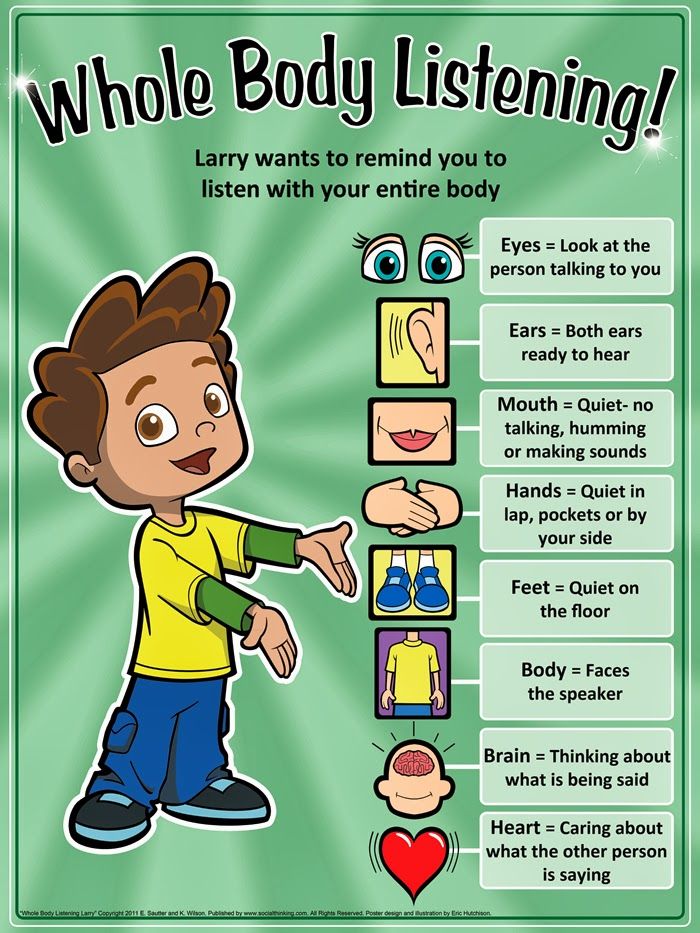
Soft cubes, cards and magnets with objects whose names begin with different letters, coloring pages will help in learning. And many more benefits, ranging from the usual primer to modern toys like the musical alphabet.
Make the lessons playful, learn songs and rhymes together that will help you remember the letters. But most importantly - do not force the child to learn them. It is better to deal with him briefly, for 10 minutes or less, and if the baby gets bored, stop the lesson so as not to discourage interest.
Important: do not get annoyed if the child does not remember a letter that you have repeated many times, or pronounces it incorrectly. Continue to learn it for as long as you need for your crumbs.
Starting at the right time, with regular practice and patience, you will achieve an excellent result: the child will master the alphabet in a couple of months.
How to learn the alphabet with a child. Learning letters together
Letters are all around us. Signs, announcements, books and magazines - all this the child sees from a very early age. But it doesn’t immediately become clear that these “squiggles” are not just incomprehensible meaningless icons, but a way to convey information in the form of text. Therefore, with the study of the alphabet, a completely new world opens up for the baby, in which letters are folded into syllables, and syllables into words that can be read and later written. In our article, we will tell you when to start learning the alphabet, how to make the process interesting for a child, and what methods are best for children of different ages.
Signs, announcements, books and magazines - all this the child sees from a very early age. But it doesn’t immediately become clear that these “squiggles” are not just incomprehensible meaningless icons, but a way to convey information in the form of text. Therefore, with the study of the alphabet, a completely new world opens up for the baby, in which letters are folded into syllables, and syllables into words that can be read and later written. In our article, we will tell you when to start learning the alphabet, how to make the process interesting for a child, and what methods are best for children of different ages.
Why learn the alphabet?
It seems that the answer to this question is quite obvious - that the child could read. However, it's worth digging a little deeper. Often, parents do not fully realize what caused their desire for the child to quickly master the letters. If the kid is already 5-6 years old, and the first grade is just around the corner, then the desire to learn the basics so that further study is easier, understandable and logical.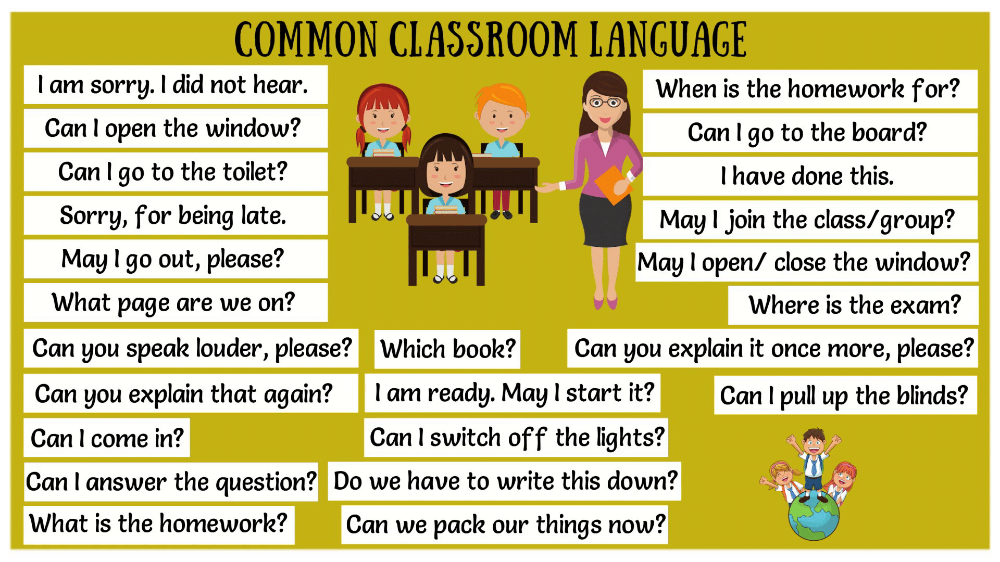 Or maybe your child is only three years old, but you want him to show off his knowledge at a family evening? Or do all the acquaintances vying with each other say that their children have not only learned the alphabet, but also read freely? Give yourself an honest answer to these questions, and consider whether it is necessary to postpone training until a more appropriate moment.
Or maybe your child is only three years old, but you want him to show off his knowledge at a family evening? Or do all the acquaintances vying with each other say that their children have not only learned the alphabet, but also read freely? Give yourself an honest answer to these questions, and consider whether it is necessary to postpone training until a more appropriate moment.
The most important thing is whether your child is ready. Curiosity, interest in new things, the ability to memorize previously unknown information are all signs that you can start learning the alphabet. But you should always remember that there is no point in teaching against the child’s desire, all classes should be held in an unobtrusive playful way. Questions “how to read?”, “What kind of letter?” Are pouring in on you, the baby is interested in not only pictures in books, but also captions to them, or are you going to school soon? Well, then feel free to start your acquaintance with the alphabet.
Basic tips for learning the alphabet with a child
The alphabet is not just a certain sequence of letters. This is the foundation from which the child's learning to read begins. Therefore, it is important to understand that simply learning the alphabet as a rhyme or a counting rhyme is possible, but practically useless if there is no practical application of the information received. If you do not start trying to teach your child to read immediately, but after a long break, there is a high probability that your baby will simply forget the letters by this point, and you will have to start all over again.
This is the foundation from which the child's learning to read begins. Therefore, it is important to understand that simply learning the alphabet as a rhyme or a counting rhyme is possible, but practically useless if there is no practical application of the information received. If you do not start trying to teach your child to read immediately, but after a long break, there is a high probability that your baby will simply forget the letters by this point, and you will have to start all over again.
There are a few general rules to follow when you start learning the alphabet with children:
1. Learn the sounds, not the letters
It's easy for us adults to figure out what the name of the letter is and what sound it is means may not match. For a small child, on the contrary, such a concept may be too complicated. Do not confuse the baby, he will eventually learn that the letters are called “be”, “el” or even “and short”, better demonstrate what sounds are indicated by the corresponding signs - “b”, “l”, “y”, give examples of words with these sounds.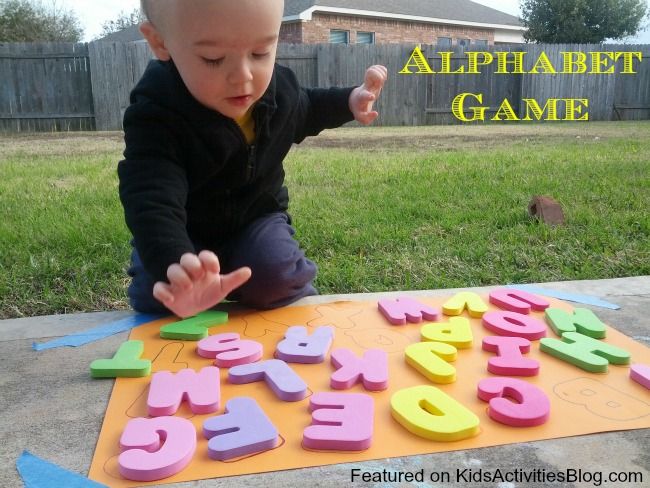 In this way, the child, with less effort, will be able to understand how syllables are read, and later whole words.
In this way, the child, with less effort, will be able to understand how syllables are read, and later whole words.
2. Do not learn the alphabet in order
Memorizing a clear sequence is, of course, useful for the development of a child's memory, but it does not make it obvious to him what he actually learned and why. If, however, the alphabet is disassembled gradually, according to a clear and logical system, without overloading the child's perception excessively, there will be much more benefit, since knowledge will not be superficial, but based on a deeper understanding of the structure of the language.
3. Do not mix vowels and consonants
Learning letters mixed up is no less a mistake than memorizing the alphabet strictly in order. Vowels and consonants must be studied separately, otherwise the child will be completely confused. Always remember that things that seem clear and simple to us, small children learn for the first time, so even the main sign by which sounds are divided (vowel-consonant) is not immediately comprehended.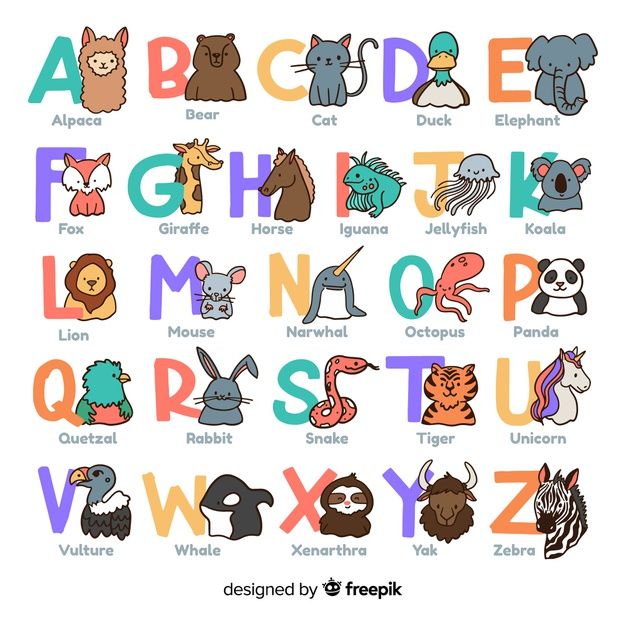 The situation when the studied letters do not have any common feature is confusing and slows down the assimilation of the material.
The situation when the studied letters do not have any common feature is confusing and slows down the assimilation of the material.
4. Vowels first
There are only 10 vowels in the Russian alphabet, so the child will have to remember a little at first. In addition, vowels require only a long “singing” and slight changes in the articulation of the lips, neither the tongue nor the teeth need to be connected, so it will be easier for the baby to understand how the written sign correlates with the sound being pronounced. When all the vowels are firmly learned, it will be possible to add consonants.
5. Don't force learning
Of course, you really want your child to learn all the letters and start reading as soon as possible, but you still shouldn't rush. Learn one or two letters, repeat what you have learned more often, do not move on to a new one without waiting for the consolidation of what has already been studied. Start with very simple and clear things. Show the young student the letter "A", tell how it is pronounced, what it looks like, what words begin with it. Fold it together with the baby from sticks, draw or mold it from plasticine - tactile sensations will help the child better remember the image of the letter and associate it with sound. Apply theory to practice, for example, ask while walking to look for the letter "A" on signs, in advertisements, and so on. Only when the child has learned the letter and the corresponding sound, proceed to the next, all the same one at a time, methodically and slowly.
Show the young student the letter "A", tell how it is pronounced, what it looks like, what words begin with it. Fold it together with the baby from sticks, draw or mold it from plasticine - tactile sensations will help the child better remember the image of the letter and associate it with sound. Apply theory to practice, for example, ask while walking to look for the letter "A" on signs, in advertisements, and so on. Only when the child has learned the letter and the corresponding sound, proceed to the next, all the same one at a time, methodically and slowly.
Learn the alphabet according to your child's age
3-4 years
If you think that your child is ready to learn letters at the age of three, then here are some tips and tricks that will help you achieve excellent results.
First of all, in no case do not force or coerce the child into classes, they should take place exclusively at the request of the child, in a fun way, and end as soon as you see signs of fatigue and weakening of concentration.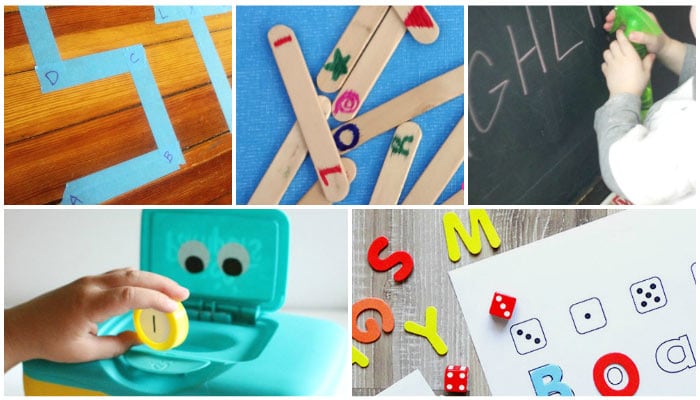 The optimal lesson time for a three-year-old is 5-7 minutes.
The optimal lesson time for a three-year-old is 5-7 minutes.
Do not set a goal to learn the entire alphabet in a short time, it is at best pointless, and in some cases it can even be harmful - up to a certain point the child's brain may simply not be ready for this or that knowledge. Do not try to outwit nature, at three years old your task is more to interest, captivate the child, show him the basics.
Do not overload your child with a lot of information - let your “lessons” take place no more than twice a week, and take the rest of the time to consolidate and repeat the studied material. At the same time, the regularity of classes is very important, conducting them from time to time is not the best idea, the child will get confused and forget what you went through with him.
Start with vowels. Move on to consonants only when you are sure that the child has firmly learned all 10 vowels and brought the skill to automatism. Vowels are best taught in pairs: A - Z, O - E, U - Yu, E - E, S - I.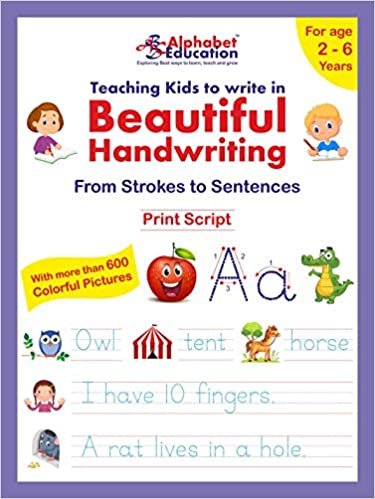 So it will be easier for the baby to remember. Later, this will also help with the assimilation of the principle of hardness-softness of consonants.
So it will be easier for the baby to remember. Later, this will also help with the assimilation of the principle of hardness-softness of consonants.
Use books with bright, large pictures. Closer to the age of four, the child will also be interested in blocks with letters, coloring books and stickers, posters with and without voice acting; but be careful with the posters - remember that we need to learn the sounds, not the names of the letters, so look for posters that pronounce exactly the sounds. Magnetic letters will also help - they can be placed on a magnetic board or simply on the refrigerator. You can learn rhymes and songs with the mention of the sounds that you are studying, play with letters cut out of paper.
Let the child represent the letter in different ways - by drawing, modeling with plasticine, folding with sticks or drawing lines in the sand or grits. Such activities are also useful for fine motor skills, and this is a very important skill for the baby, which affects, among other things, the development of speech.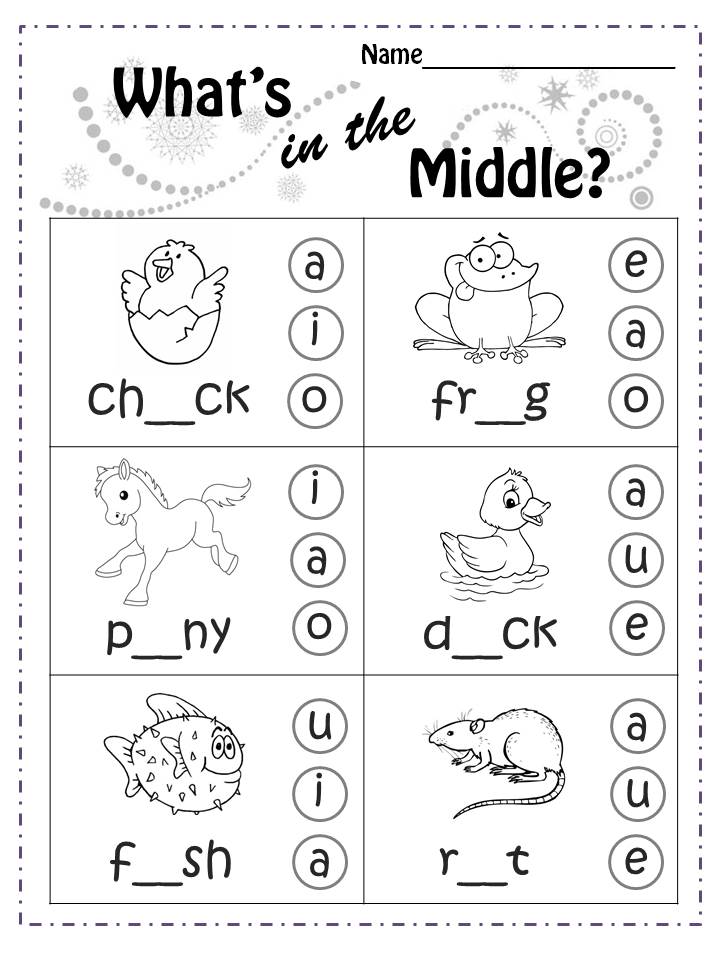
There are more consonants in the Russian language, so it will take a longer time to study them, and if you consider that most consonants have both hard and soft variants, the task becomes even more complicated. But with the right approach, there should not be any particular difficulties. If the child has already mastered all the vowels and understands the difference between, for example, “A” and “I”, then it will not be difficult for him with your help to figure out how “ma” and “me” differ. You can make a table where such pairs of syllables will be shown clearly. The main thing is to always clearly pronounce the sound yourself and achieve the same pronunciation in the child. Correct articulation is the key to both good diction and correct reading in the future.
5-6 years old
For all our passion for early development, many experts agree that the optimal age for learning the alphabet is 5-6 years old. The child will soon go to school, which means that his brain is already quite ready to memorize all the letters and gradually learn to read. At this age, it is especially important that your preschooler speaks clearly and correctly, so pay maximum attention to his speech, whether all sounds are pronounced without problems, whether some of them need to be corrected independently or with the help of a speech therapist.
At this age, it is especially important that your preschooler speaks clearly and correctly, so pay maximum attention to his speech, whether all sounds are pronounced without problems, whether some of them need to be corrected independently or with the help of a speech therapist.
If at three years the emphasis is on the play component of classes, then by the age of 5-6 it can be slightly shifted towards the child's consciousness. Tell us about how great it will be to read books yourself, how knowledge of the alphabet will come in handy at school. Keep the elements of the game, use the same methods that are suitable for four-year-olds, but increase the lesson time, introduce more printed materials. You will need special recipes for preschoolers, books and manuals with creative tasks, various sets of cards.
Introduce your child to syllables. Use single letter flashcards to show how a syllable is built - for example, say that a consonant and a vowel run or are attracted to each other and demonstrate their convergence by saying the syllable at the same time.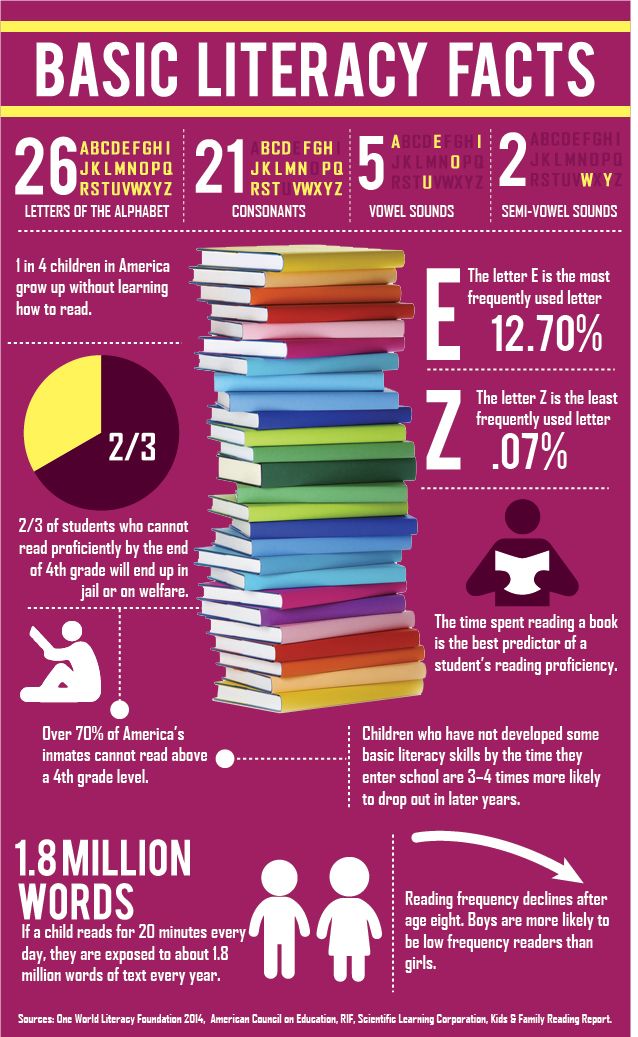 Later, use cards with a ready-made printed or hand-drawn syllable in the lessons. Do not forget about the regularity of classes and the constant repetition of the material covered.
Later, use cards with a ready-made printed or hand-drawn syllable in the lessons. Do not forget about the regularity of classes and the constant repetition of the material covered.
Primer education
By the age of six, a good primer will become clear and easy to learn. For example, the “Primer” by N. Zhukova is considered one of the best, although for younger children it may seem boring - it focuses on learning without providing entertainment materials. But in this primer much attention is paid to speech therapy moments.
“My primer: a book for teaching preschoolers to read” N.V. Nishchevoi - a manual also with a speech therapy bias, but the author adheres to his own methodology for studying letters and sounds. The path from simple sounds to complex ones will help the child develop both reading skills and good articulation.
In order for a child to develop a love for reading from a very early age, VV Shakirova's Journey to the Sound Book is a good choice. There is more entertainment material here that will interest and captivate the child. In addition, Shakirova paid a lot of attention to the development of motivation, and this will definitely come in handy in the future, in the process of further study.
There is more entertainment material here that will interest and captivate the child. In addition, Shakirova paid a lot of attention to the development of motivation, and this will definitely come in handy in the future, in the process of further study.
Games for learning the alphabet
In this section, we will give examples of games that will make learning more interesting and at the same time more effective. Entertaining elements will not only diversify classes, but also provide a fairly wide field for applying the acquired knowledge in practice.
"Find the letter" . On a sheet of paper, arrange different letters in a random order. Let them be bright and large. You name the letter, and the child must find it and show it. A mobile version of this game is to hang sheets with large letters around the room, let the child find and tear off the desired sheet.
Memo . Prepare a set of cards, each letter must be represented in duplicate to get a certain number of pairs.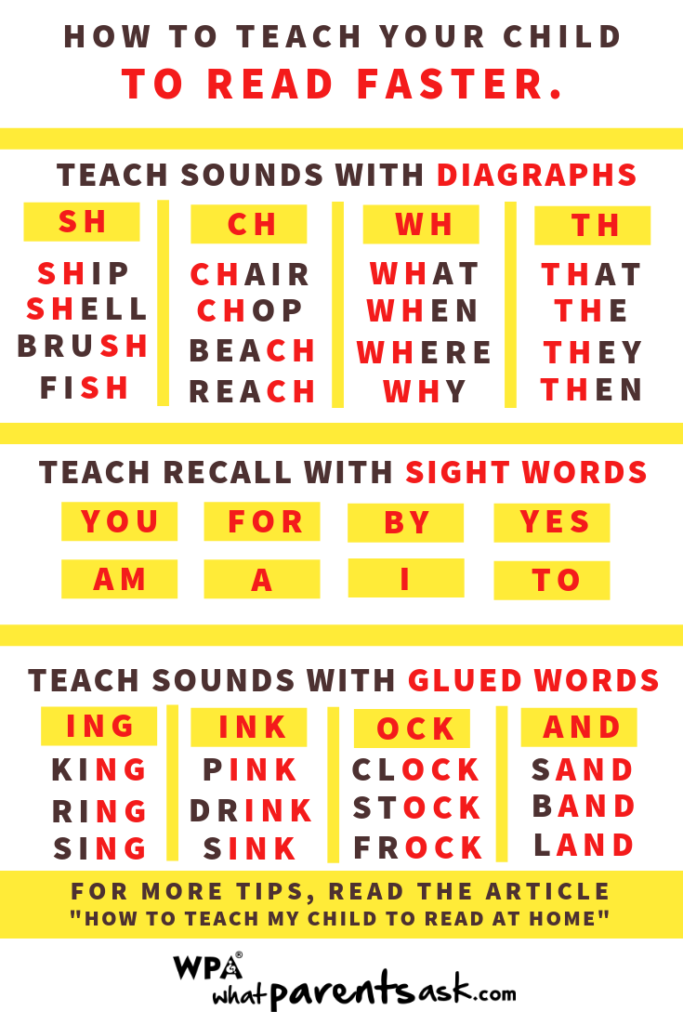 Cards are laid out in several rows face down. Have the child turn over one card and name the sound that the letter on it represents. Then you need to find a pair for her by opening other cards. It didn’t work the first time - the cards are turned back face down and you have to look again. A pair was found - the player takes both cards for himself, and so on until the moment when all the cards run out.
Cards are laid out in several rows face down. Have the child turn over one card and name the sound that the letter on it represents. Then you need to find a pair for her by opening other cards. It didn’t work the first time - the cards are turned back face down and you have to look again. A pair was found - the player takes both cards for himself, and so on until the moment when all the cards run out.
“What letter does it begin with?” . Arrange several animals in a row - these can be drawings on paper, cards or small toys. Select the letters with which their names begin, and give them mixed to the child. The task is to correlate which letter refers to whom, and put it next to the desired animal.
"Collect the letter" . Draw a letter the size of the entire sheet of paper. Cut into several parts, let the kid assemble the resulting puzzle and name which letter is depicted on it.
Dice game . Surely you have cubes with letters, and if not, they are easy to make yourself out of paper.